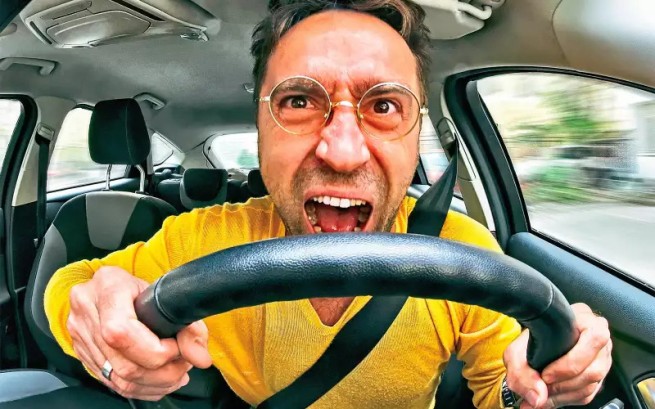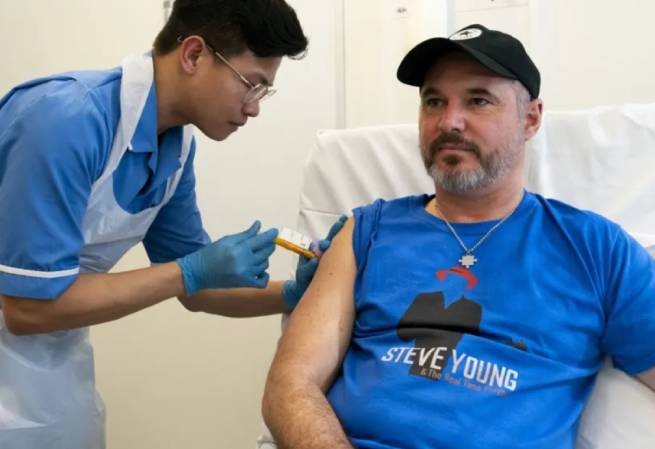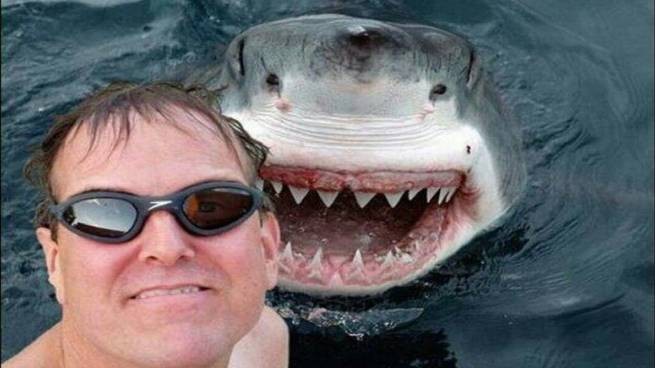Should selfies be banned in popular tourist spots? More people die from the craze than from shark teeth.
In pursuit of a successful shot, writes Euronews, 140 tourists said goodbye to their lives over the past 13 years by taking a farewell photo. During the same period, 90 people died from shark attacks. Last month, for example, a gondola capsized in Venice, Italy, when a group of Chinese tourists decided to take “spectacular photos.” But before the incident, the gondolier asked tourists not to move during a difficult maneuver under a low bridge. Luckily no one was hurt.
https://www.youtube.com/watch?v=aNpZOMDPyk8
Selfie bans are becoming increasingly common in popular tourist destinations. And it really saves lives. The craze has become more deadly than shark attacks. A study published in the Journal of Travel Medicine in 2022 found 379 selfie-related deaths.
The pursuit of a successful unique shot for social networks often forces travelers to take risks, which leads to tragic incidents: falls from cliffs, car accidents, incidents with wild animals, drownings.
However, measures are being taken: tourists now face heavy fines and even prison sentences for dangerous, disruptive and destructive activities that lead to death. Judge for yourself:.
- In December, a 24-year-old woman tragically died while trying to take a selfie on the edge of Prabalgad Fort in India. She fell from a height of 60 meters.
- During the 2023 Tour de France, a spectator who decided to take a selfie with passing riders caught an American cyclist’s handlebars, causing 20 competitors to fall.
In 2023, Portofino, Italy, in the north of the country, introduced a temporary ban on selfies in some areas of the city to prevent people taking photos from blocking the streets and large groups of tourists congregating on the pier.
Taking the perfect photo for social media often leads to risky behavior driven by the desire to stand out. Spurred by the desire to gain likes and fame, users continue to risk their lives. The pressure to take a stunning photo leads to people ignoring warnings or going to unsafe places. Dry statistics:
- Of the 379 selfie-related deaths between 2008 and 2021, 37.2% were among tourists.
- Selfie-related accidents include falls from heights (49.9%), transport incidents (28.4%) and drownings (15.3%).
- The average age of selfie victims is 24.4 years.
- Women were more likely to suffer fatal injuries from falls from heights and incidents with animals, while men were more likely to die in road traffic accidents.
- Among the countries with the highest death toll are India (26.4%), the United States (10.3%) and Russia (8.7%).
According to the Journal of Family Medicine and Primary Care, the number of selfie-related deaths is likely underreported because another cause of death is often reported. According to a scientific study conducted by the University of New South Wales in Sydney, Australia, the media tends to portray dangerous selfies as stupid and narcissistic (narcissistic) activities. However, today selfies are a common part of everyday life, and scientists argue that risky photo sessions should be treated as a public health issue.
Previous generations similarly viewed driving without a seat belt, riding a bicycle without a helmet, and smoking cigarettes as “normal” everyday activities that now pose health and safety risks. By recognizing these risky behaviors as public health issues, we stop blaming and shaming and begin taking steps toward prevention and education. This would be a step forward from past decisions to designate dangerous tourist areas such as bodies of water, mountain peaks and tall buildings as “no selfie zones”. And many countries are already following this path:
- Japanese railway company JR West has banned selfie sticks on its platforms to prevent electric shock from overhead wires and falls on the tracks.
- In Mumbai, India, the government has imposed a ban on certain areas of the city, including beaches, festival sites and tourist attractions.
- In Pamplona, Spain, it is illegal to take selfies during the annual Running of the Bulls.
- In the US, New York passed a bill banning taking selfies with wild cats if there is no physical barrier between the person and the animal.
- Visitors to Lake Tahoe are asked not to take photos with bears as turning your back on the predators is extremely dangerous.
The popularity of selfies, especially among young people, has led to an increase in the number of accidents. Warning signs have been installed in some places, access to dangerous areas has been restricted, and information campaigns have been conducted. But these measures cannot fully address the underlying problem of risky behavior, which is the pursuit of recognition on social networks. To achieve this, more effective and innovative approaches are needed.
https://www.youtube.com/watch?v=FLqcsEEpIEI







More Stories
Where will Greeks go for Easter: the best domestic and foreign destinations
Fine 1200 euros for the bad habit of Greeks at Easter, who is at risk
UK: human trial of melanoma vaccine started